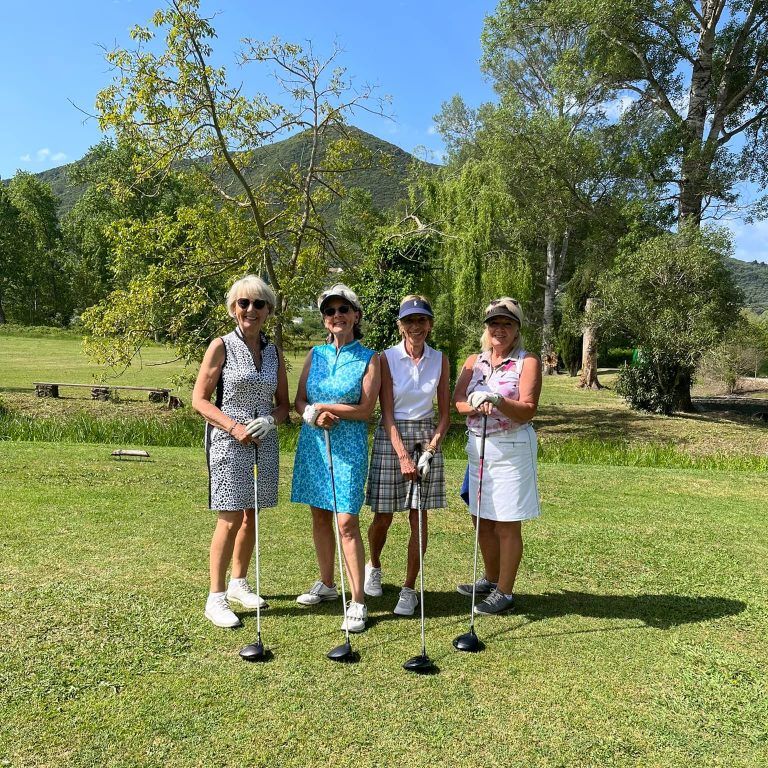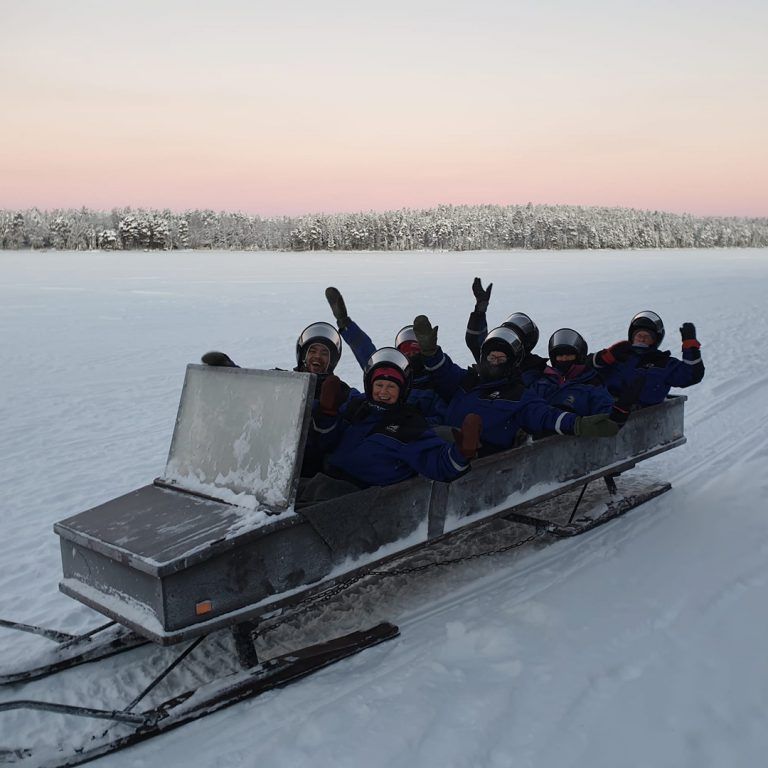


Explore Gran Canaria this winter on a fantastic fully guided Solos 7 night walking holiday. Nicknamed ‘the miniature continent’ due to the dynamic contrast in climate and landscape, it’s no wonder Gran Canaria is a popular destination for walkers looking for a winter walking break.
Extras

Transfer to our hotel for the week, beginning with a welcome meeting with our guide. Dependent on flight arrival time.

In contrast to the arid and rugged southern and inland areas, the northern midlands of Gran Canaria are home to gentle landscapes covered by a lush vegetation all year round. Here, we can appreciate the nature in all its splendour, with an incredible variety of flora. Comprising of more than 2000 plant species, some 600 are exclusive to this archipelago. On today’s hike, we explore the rural and forested areas of this area of Gran Canaria, whose name, ‘Bosque de Doramas’ evokes the last hero of the indigenous resistance against the Castilians in the 15th-Century.

We take time out to rest today. Take advantage of the hotel facilities, relax by the pool or on the beach.

Our hike begins more than 800m above sea level, at the head of Agaete valley, located in the northwest of Gran Canaria. We are surrounded by the beautiful views of this secluded area, where several water reservoirs cover the rocky bottom of the
ravine. After a short ascent, our hike becomes largely downhill. Our route takes us past the troglodyte hamlet of ‘El Hornillo’, with its cave houses excavated into the impressive cliffs. We then take an old path with views of the valley and the sea, taking us down to the hamlet of ‘El Sao’ – famous for its old water mills. Later, we walk through a small pine tree forest, just above the derelict 19th century spa which started health tourism in the Canaries in the 1900s.

We start today’s walk in the centre of Gran Canaria, on the high plateau that constitutes the most renowned landscapes on the island. We take a beautiful path through a forest of Canary Island pines, with stunning panoramas of Roque Nublo -the emblematic rocky peak of Gran Canaria. If it’s clear, in the distance we can see the islands of Tenerife and La Gomera. After discovering the ‘Ventana del Nublo’ – the Magical Window, one of the most surprising geological landmarks on the island, we walk towards Roque Nublo. This enormous basalt monolith, over 80 metres high, is the geological symbol of Gran Canaria and was once venerated by the Guanches – aboriginal people who inhabited the Canary Islands before the arrival of Europeans.

Today take time out and enjoy the hotel facilities, relax by the pool or perhaps explore the village of Agaete and visit the nearby natural pools.

We begin our hike 1500 metres above sea level, near the ridge that divides the verdant north and the arid south of the island. We experience magnificent views while walking along our route under the shade of Canarian pine trees . The path reaches Moriscos, its highest point (1750m), and continues along the edge of Caldera de Tejeda, offering breathtaking views across its huge 16km volcanic depression, the result of a gigantic collapse that hollowed out the centre of the island. After a gentle walk through the pine forest, we explore ‘Cuevas del Caballero’, a group of pre-Hispanic caves on the edge of the Caldera’s wall.

It’s time to say goodbye to Gran Canaria. After transferring to the airport, we will board our flight home.
Our comfortable four-star hotel is situated 150m from the beach in the seaside town of Agaete, with a choice of facilities ideal for a week of Solos walking.
Restaurant for breakfast, bar, free Wi-Fi, Spa & Wellness area with heated indoor pool with various hydro-massage jets, this incorporates a jacuzzi, a sauna and a steam room . Treatments available ( charges apply)
Our comfortable guestrooms are attractively furnished and decorated and benefit from an en-suite bathroom hairdryer, air-conditioning, TV, mini-bar, safety deposit boxes (local charge applies)
The transfer time from Gran Canaria Airport to the hotel is approximately 50 minutes, depending on traffic.
Four guided walks are included in the programme. Your walking guide will advise you in resort of the daily programme. The walking programme is graded as Medium and you can expect to walk between 7.5 to 9.5 km per day, with some ascents/descents, rough underfoot terrain and high altitudes involved. It is your responsibility to ensure that you are fit and well enough to take part in your chosen activity holiday. If you are unsure as to whether the walks are within your capabilities, please contact the office to discuss this matter, thus making sure you appreciate the terrain that you will be walking. You could be walking across uneven ground in some areas and extreme care must be taken, especially if wet. If used to using a pole/stick, it is advisable to bring it. Please appreciate the route and content of the holiday may change at the time and at the discretion of the guide/organiser, should conditions require. Solos Holidays Ltd cannot be held responsible for personal injury, accident or damage to property whilst on these walks other than incidents arising out of the company’s negligence. The guide has the right to refuse to guide a walk with anyone not properly attired.
Walking Notes
Grade: Medium
Distance: 7.5 to 9.5km per day
Great Caldera
Length 8km
Ascent +300m
Descent -650m
The Verdant North
Length 8km
Ascent +450m
Descent -450m
The Sacred Monolith
Length 9.5km
Ascent +500m
Descent -650m
The Tropical Valley
Length 7.5km
Ascent +120m
Descent -750m
Walking boots: Essential
It is of paramount importance that you have the correct footwear. It is essential to wear walking boots that are comfortable and preferably lightweight, with some ankle support and a good grip. If you already have a pair of boots that you are happy walking in (including during hot/wet weather and on hard ground), then bring these along. However, if you are bringing new footwear, do make sure they are well broken in before you arrive. Experience has shown that wearing 2 pairs of woollen socks adds to comfort.
The weather, even in summer, is unpredictable – particularly in mountainous areas. We would therefore recommend you travel with clothing suitable for all conditions, and suggest you use the following checklist as a guideline of what to take:
Walking boots with good ankle support
Waterproofs – jacket and trousers
Walking poles – recommended as they provide good support for the knees, particularly on downhill sections of walks and when conditions are wet/slippery
Lightweight trousers and shorts with pockets
Shirts or t-shirts for walking in
Walking socks – several pairs
Lightweight fleece or jumper
Hat & gloves
Daysack/rucksack for walking
Umbrella – it can be used also for protection from the sun as well as rain
Lightweight drinking bottle to carry water whilst walking
Small first aid kit – plasters, insect repellant, etc
Good, high factor sunscreen, sunhat and sunglasses – the sun’s strength is often multiplied in mountainous areas.
We suggest a Group Collection to cover guides, transfer drivers, and hotel staff of €25.00 per person. Your Tour Leader will collect this on your behalf and distribute it accordingly, thus relieving you of the burden of who, when and how much to tip. The tipping of housekeeping will be left to your individual discretion (a small amount left in your room on departure should cover this and would be much appreciated). As is customary, ‘the hat’ will be passed around for the driver and guide on all optional excursions. For any meals that are not included in your itinerary, or taxi fares, your Tour Leader can advise of an appropriate % add on.
To enter the Canary Islands your passport must meet 2 requirements. It must be:
less than 10 years old on the day you enter (check the ‘date of issue’)
valid for at least 3 months after the day you plan to leave (check the ‘expiry date’)
Check both the issue date and the expiry date in your passport. If you renewed your passport early, extra months may have been added to its expiry date. This could affect the requirement for your passport to be less than 10 years old.
A visa is not required by holders of passports endorsed “British Citizen” for stays of upto 90 days in any 180-day period. Please note that stays in other EU countries counts towards this 90 day period.
It is your responsibility to ensure that you have the correct visa, a valid passport and any other travel documents for your holiday. All information provided relates to British citizens who hold or are entitled to apply for a British passport. For the most up-to-date visa information please visit; Spain Foreign Advice
If you are not a British citizen and do not hold a British passport, you must make your own enquiries as to the applicable requirements.
Compulsory vaccinations: None.
All clients are responsible for acquainting themselves with up to date health information of the countries being visited and where necessary take the required precautions. We recommend that you check with your doctor prior to departure as this information can change. You can also visit the travel health website for more information; Travel Health Spain
Euro
| Month(s) | Highest temperature | Lowest temperature |
|---|---|---|
| January - February | 21 °C | 15 °C |
| March | 22 °C | 16 °C |
| April | 23 °C | 16 °C |
| May | 24 °C | 17 °C |
| June | 26 °C | 19 °C |
| July | 27 °C | 21 °C |
| August - September | 28 °C | 21 °C |
| October | 26 °C | 20 °C |
| November | 24 °C | 22 °C |
| December | 22 °C | 16 °C |

“I’m sure you will enjoy it, I have been on three solos holidays to date and the people I’ve met have been great.”

“I’ve been travelling with Solos for nearly 20 years, on and off. The reason is for exactly what you want – you meet like minded people… and have loads of fun!”

“I’ve been on loads of trips with Solos over the years and can honestly say you will not regret booking your 1st one!”

“The feeling you have once you go away on your own is worth all the nerves before! I was so very anxious the first time but now having done it 4 times, I love it!”